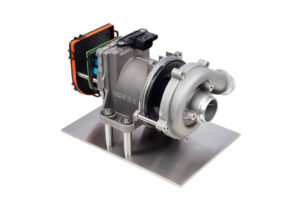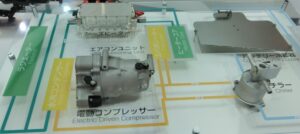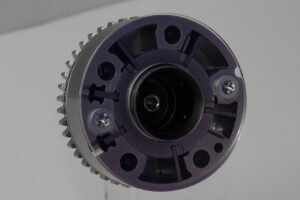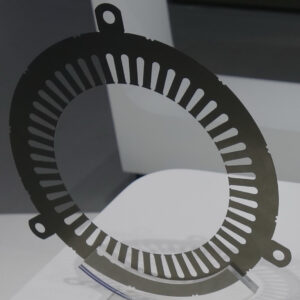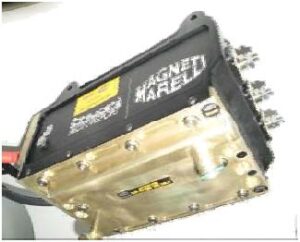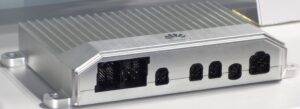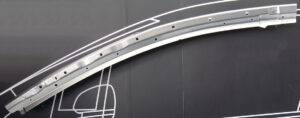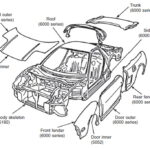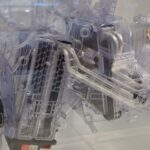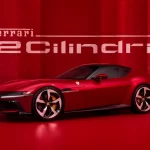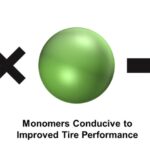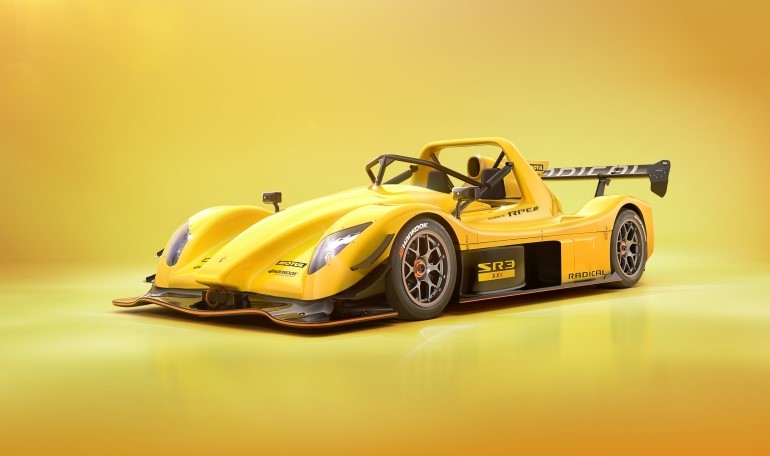
Powering the major change is the all-new engine from in-house Radical Performance Engines (RPE). Delivering 232 bhp from the revised 1500 cc unit, the lightweight SR3 XXR is expected to maintain its impressive power-to-weight ratio exceeding 350 hp per tonne. With the ability to run on biofuel from day one, the use of the Generation 5 engine also makes the SR3 XXR the first Radical that can run on biofuel.
Delivering on customer feedback, the SR3 XXR has been modified to be more agile on track, especially in crucial pit lane stages in which saving time, while not being penalised for speeding, is pivotal. With a new pit limiter fitted as standard, the chance of being punished for speeding through the pit lane is eliminated. The LMP-inspired central tail ‘shark fin’ delivers notable aerodynamic improvement to entry and mid corner stability. The SR3 XXR is also clearly differentiated by its lightweight wheels in a new design alongside high-intensity DRL lights. A carbon fibre splitter and rear diffuser will be offered as an option to improve durability and aerodynamics on track.
With the increased performance, the engineers at Radical Motorsport have utilised the new technical partnership for the SR3 XXR with AP Racing, to make an upgraded braking system available. The new solution has improved performance through a reduction in unsprung mass and improved pedal feel.
There are a number of further improvements to the SR3 XXR’s powertrain. Notable improvements include durability updates and external gear position sensors for the gearbox, a new scavenge pump design with improved flow for the oiling system and a fuel composition sensor that allows for the use of E85 Biofuels. There has also been a complete rework of the engine and gearbox calibration, as well as improvements to the flow rate and flow consistency of the cylinder head. Other improvements include a reduction in mass for the connecting rods, crankshaft pins and the ignition system. While these enhancements increase the peak power and torque outputs without compromising durability, the improvements can be felt from 6,500 rpm all the way to 10,000 rpm.

